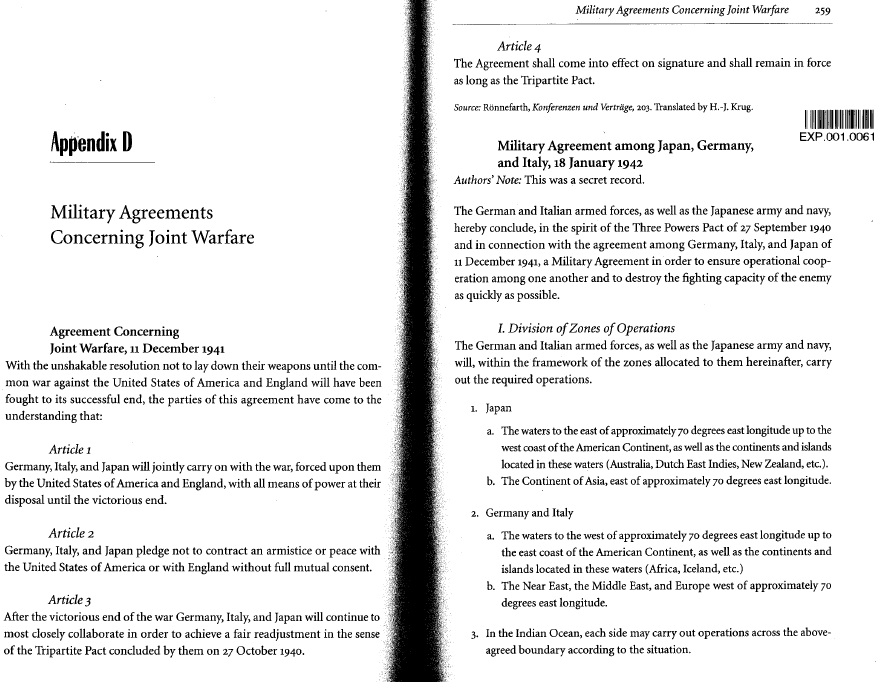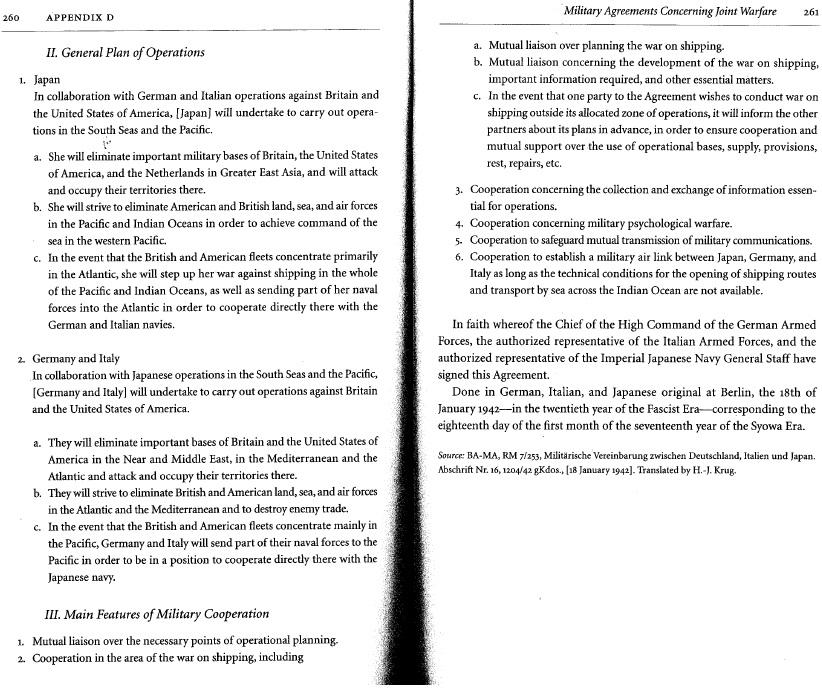@WILD:
I don’t like it though because although it didn’t happen, it very well could have. Sea Lion didn’t happen either, but you can do it if you want. There is historical documentation that had the Imperial Japanese Army gotten its way they would have invaded Siberia. Keep in mind that Stalin had a NAP agreement with both the Germans and Japanese. It is also documented that Stalin feared an invasion from the east more so then from the Germans (thinking they were too busy with the Brits and not ready), even though his own spies told him otherwise. Stalin kept his best troops and armor divisions in the east in preparation for an invasion that didn’t happen (but it could have). There was also a lot of pressure on Japan from their axis German partner to invade, but as we know they had other plans.
The thing about A&A that makes the whole Russian thing unrealistic is somewhat two-fold (aside from the entire would they even be allowed in the first place).
#1) Distances covered for both Russia and Japan to fight in the Soviet Far East. This isn’t really handled well in OOB A&A… Russia has to dredge troops from Moscow out to the Far East, more or less on foot, when in reality, they had the Trans-Siberia Rail, which helped quite a bit, and is not represented in A&A. In reverse, Japan in-game can be knocking on Moscow’s door in relatively quick time if they become successful… in reality, even if Japan were able to crush all Soviet resistance in the Soviet Far East, having a ton of Japanese tanks and infantry assaulting Moscow from the East is pretty much ludicrous. You argue “while it didn’t happen in reality, you’re given the choice to do so if you want”… while attacking Russia should be an option for Japan, the end results are never even remotely realistic… at best, control of the Far East would be the end-result, not Japanese Tanks driving down Red Square.
#2) Equipment, production and manpower differences. First off, lets start by comparing the Japanese Type-95 Ha-Go tank to the Soviet T-34… oh no wait… that is way too cruel… lets not even go there. If you’re going to be fighting the mass number of miles from the Soviet Far East to Moscow, you can’t do it without a major commitment to armored formations, and all tactics aside, the equipment disparity between Japan and Russia on that matter is MASSIVE… of course in A&A, a tank is a tank is a tank, so its impossible to show that discrepancy without some pretty serious overhauling of the rules. Speaking of mass formations of armored forces… where does Japan suddenly come up with multiple divisions of tanks? Production in A&A is represented by IPCs… Japan gets a nice fat bonus from something like Java/Borneo, which represents oil riches… in-game, that helps buy lots more tanks and infantry, but in reality, that just means they have oil… doesn’t mean Japan can suddenly double the number of tanks it produces. Finally, the Soviet Union has mas reserves of men they could throw at Japan, while Japan would be limited… once again, the IPC system wouldn’t reflect this in game. Hey, if Japan has Borneo and Java, they get more infantry to throw at Russia! The reality, once again, would be different.
Historically, Japan did fight Russia one on one in the Far East just prior to WWII and didn’t fair well at all. Of course, there’s the whole “ya, well Russia wasn’t fighting Germany at the time” thing to factor in, which would of course make a difference on many things, but tank quality, distances covered, production and manpower realities still wouldn’t matter, and fighting Germany or not, I can’t fathom any scenario in reality that even if Japan went balls-deep attacking Russia, would we see a bunch of Type-95 Ha-Go’s driving down Red Square.
A&A is a very fun game, and I love it to death… have since I started playing in 1984… but the scale the game is played at, and the rules in-place, make some things that are possible in game, very unrealistic to what could have happened, even in the best of circumstances… and pretty much the entire Russia vs Japan thing never plays out like it should/could have.
P.S.
I just found out J-a-p is considered a naughty word.







